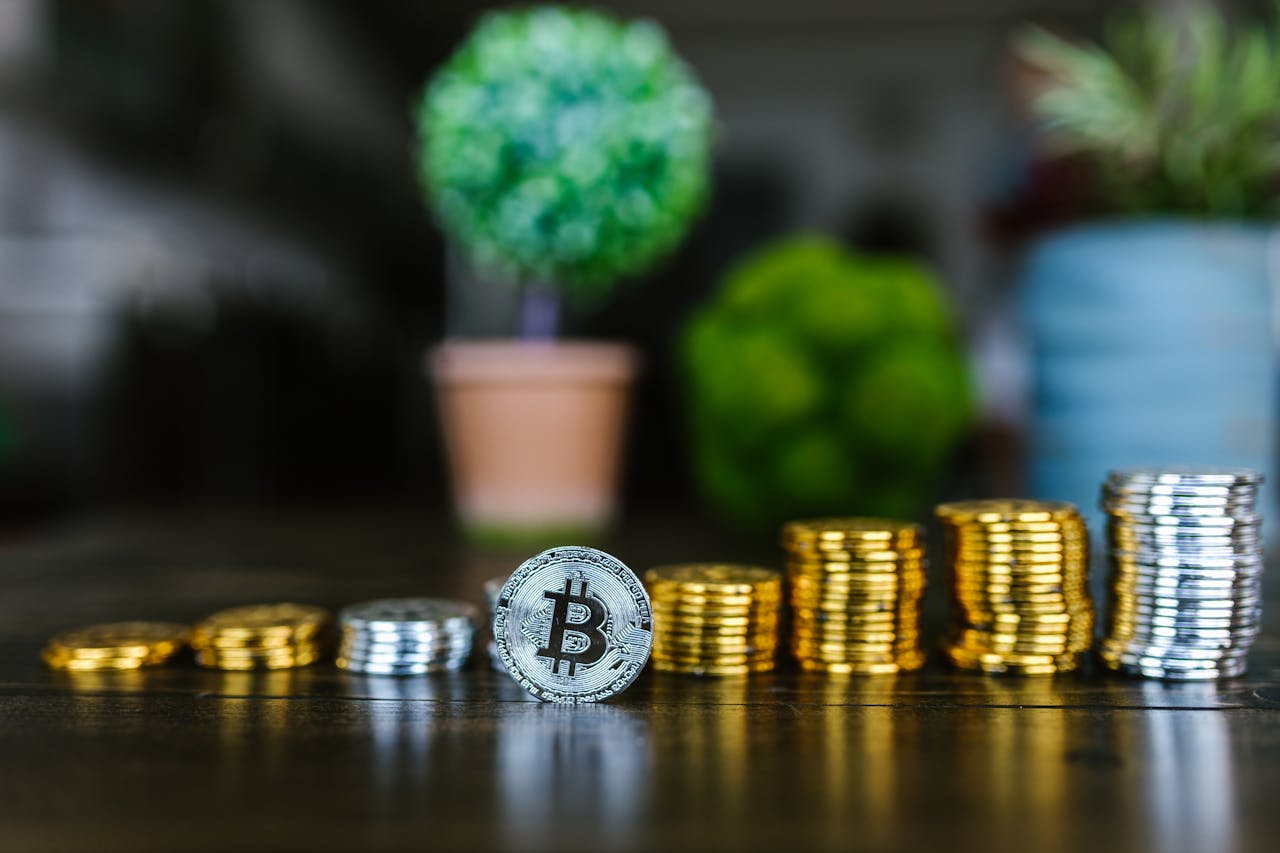Introduction:
Altcoins, or alternative cryptocurrencies, have emerged as vital components of the crypto economy, providing diverse opportunities beyond Bitcoin and Ethereum. With hundreds of altcoins offering unique features and use cases, investors are increasingly exploring these digital assets to diversify their portfolios. However, investing in altcoins requires careful strategy and understanding of the risks involved.
In this guide, we’ll explore strategies to maximize altcoin investments, offering insights into how you can tap into the potential of these alternative cryptocurrencies effectively.
What Are Altcoins?
Altcoins, short for "alternative coins," refer to any cryptocurrency other than Bitcoin. They include various projects that have emerged after Bitcoin's launch, each with distinct features, consensus algorithms, and market propositions.
Examples include Ethereum (ETH), Litecoin (LTC), and Binance Coin (BNB), among others. These coins often aim to improve upon Bitcoin’s technology or offer different functionalities, such as smart contracts (Ethereum) or faster transaction speeds (Litecoin).
Strategies to Maximize Altcoin Investments
1. Market Knowledge and Research
One of the most crucial strategies when investing in altcoins is thorough market knowledge. Understanding each altcoin’s purpose, its underlying technology, and its market potential are essential before committing capital. Conduct in-depth research on factors such as:
-
Consensus mechanisms: Understand how the altcoin achieves transaction validation (e.g., Proof of Stake vs. Proof of Work).
-
Real-world applications: Analyze the utility of the altcoin within specific industries or applications (e.g., smart contracts, decentralized finance).
-
Developer community: Investigate the strength and activity of the altcoin’s development team and community.
2. Diversify Your Investments
Altcoins are highly volatile, and investing in just one or a few can be risky. By diversifying your altcoin portfolio, you reduce the risk of significant losses if one project underperforms. A balanced portfolio might include large-cap, well-established altcoins (such as Ethereum or Binance Coin) alongside smaller, riskier projects with high growth potential.
3. Timing the Market
Successful altcoin investors often take advantage of market cycles. Key moments to invest include:
-
ICO and early stages: Participating in Initial Coin Offerings (ICOs) or buying altcoins during their early stages can provide significant upside potential if the project succeeds.
-
Dip buying: Purchasing altcoins during market dips, when prices have dropped from their all-time highs (ATH), can offer opportunities for long-term growth as the market recovers.
4. Staking and Yield Farming
Several altcoins, particularly those using Proof of Stake (PoS) or Delegated Proof of Stake (DPoS) consensus mechanisms, offer staking opportunities. Staking allows investors to lock up their altcoins to support network security and validate transactions in exchange for rewards. This provides an additional way to earn passive income while holding altcoins.
Yield farming, or providing liquidity to decentralized finance (DeFi) protocols, is another method to generate returns from altcoins.
5. Understand Regulatory and Market Risks
Cryptocurrency markets are subject to regulatory risks and market volatility. Investors should stay informed about potential regulations that may impact altcoins, particularly in regions with unclear legal frameworks. Additionally, market risks like exchange hacks or liquidity issues should be considered, and secure, trustworthy platforms should be prioritized for trading or storing altcoins.
Types of Altcoins
Understanding the different types of altcoins can help you select the best assets to diversify your portfolio:
-
Stablecoins: These altcoins are pegged to stable assets such as fiat currencies (e.g., Tether (USDT), USD Coin (USDC)) and offer lower volatility, making them a safer bet in turbulent markets.
-
Meme Coins: These altcoins, like Dogecoin (DOGE) or Shiba Inu (SHIB), often gain value through social media hype and may present short-term profit opportunities, but they come with high risk.
-
Game Coins: In-game currencies, such as Decentraland’s MANA, are tied to blockchain-based games and allow players to buy, trade, or earn tokens within gaming ecosystems.
Conclusion
Altcoins present exciting opportunities for investors to diversify their cryptocurrency portfolios. However, maximizing your altcoin investments requires a well-rounded approach, incorporating thorough research, diversification, market timing, and risk management strategies.
By staying informed about market trends and regulatory changes, and utilizing tools like staking or yield farming, investors can position themselves to capture the growing potential of altcoins.
As the cryptocurrency landscape evolves, altcoins are likely to play an increasingly significant role in shaping the future of decentralized finance, gaming, and digital ownership.
If you have any questions or require further assistance, our team at Block3 Finance can help you.
Please contact us by email at inquiry@block3finance.com or by phone at 1-877-804–1888 to schedule a FREE initial consultation appointment.
You may also visit our website (www.block3finance.com) to learn more about the range of crypto services we offer to startups, DAOs, and established businesses.
